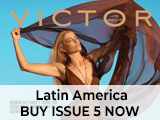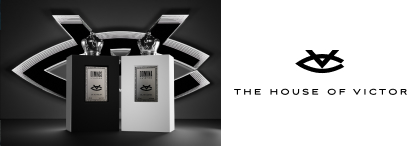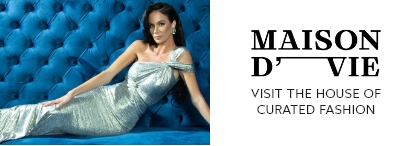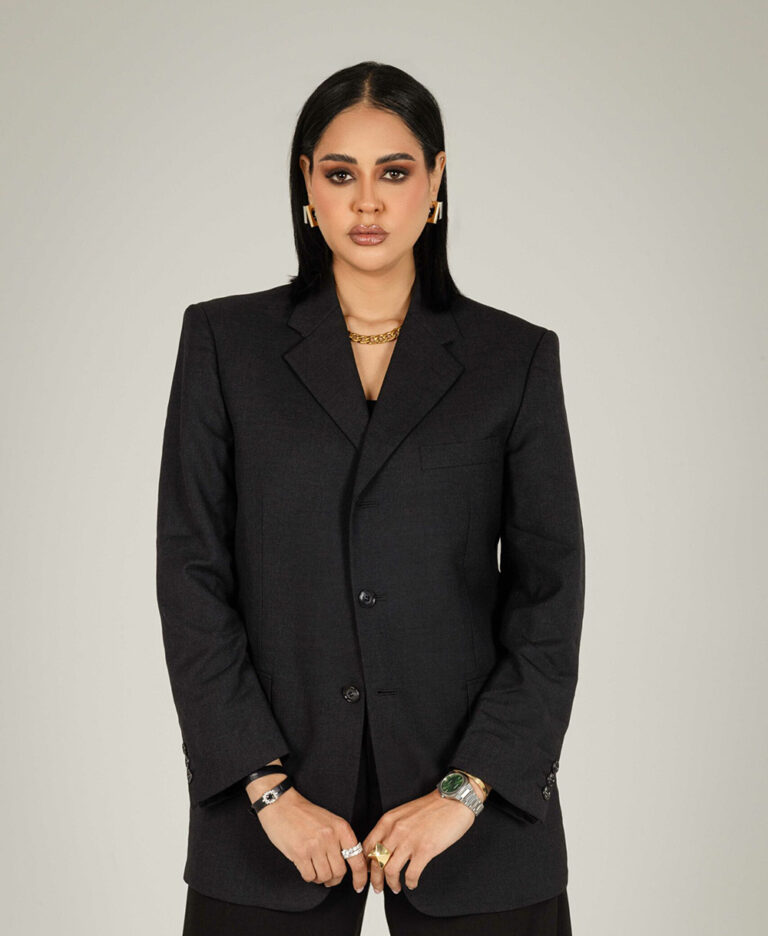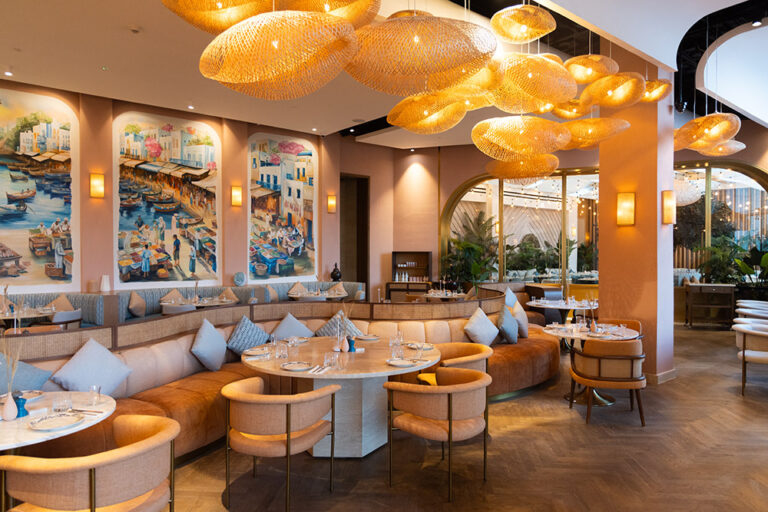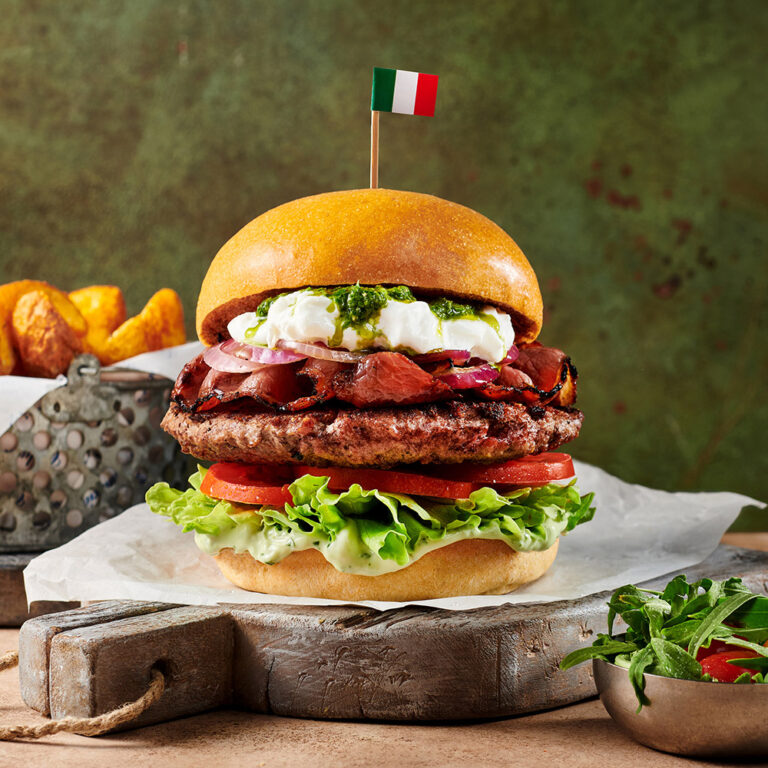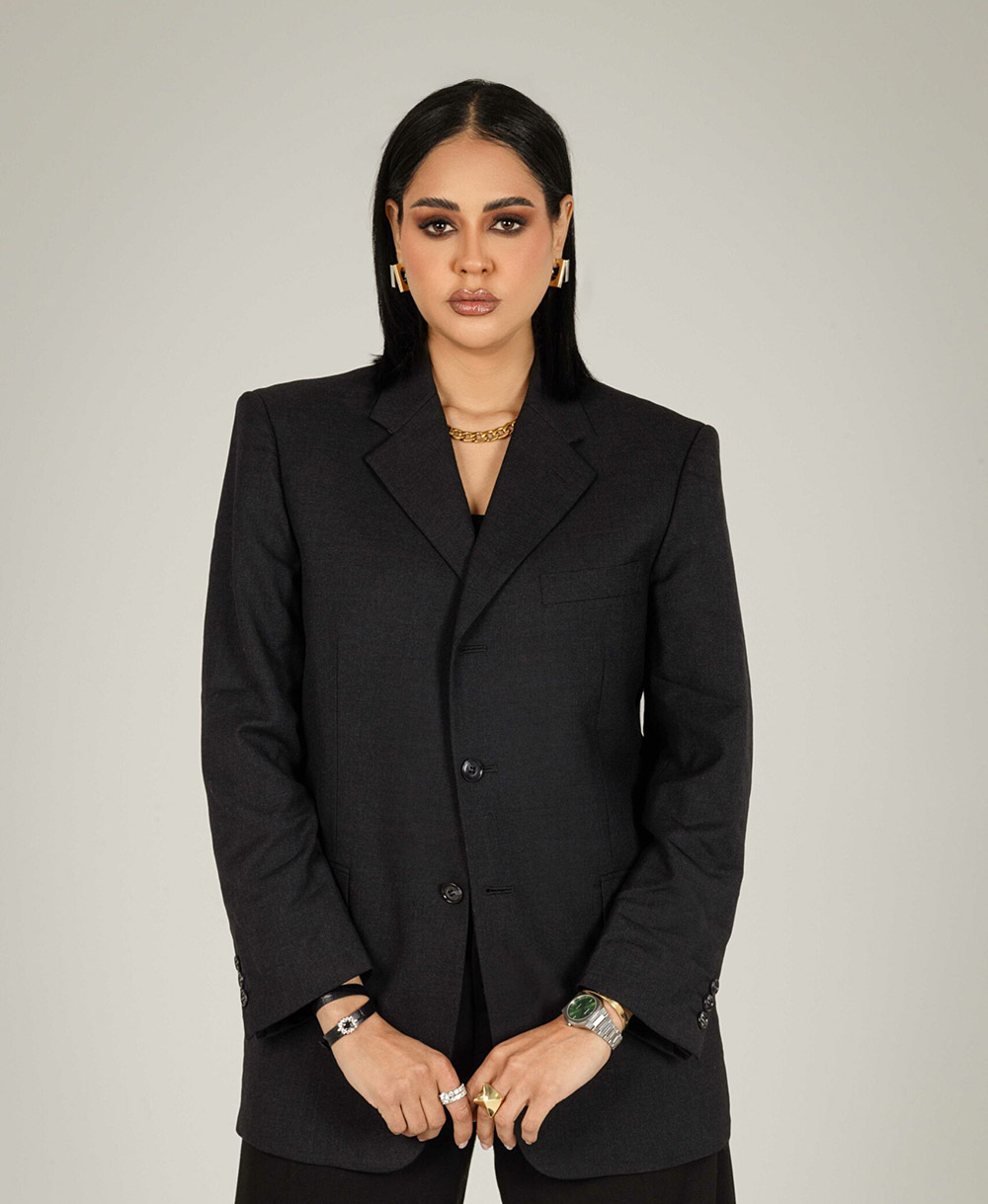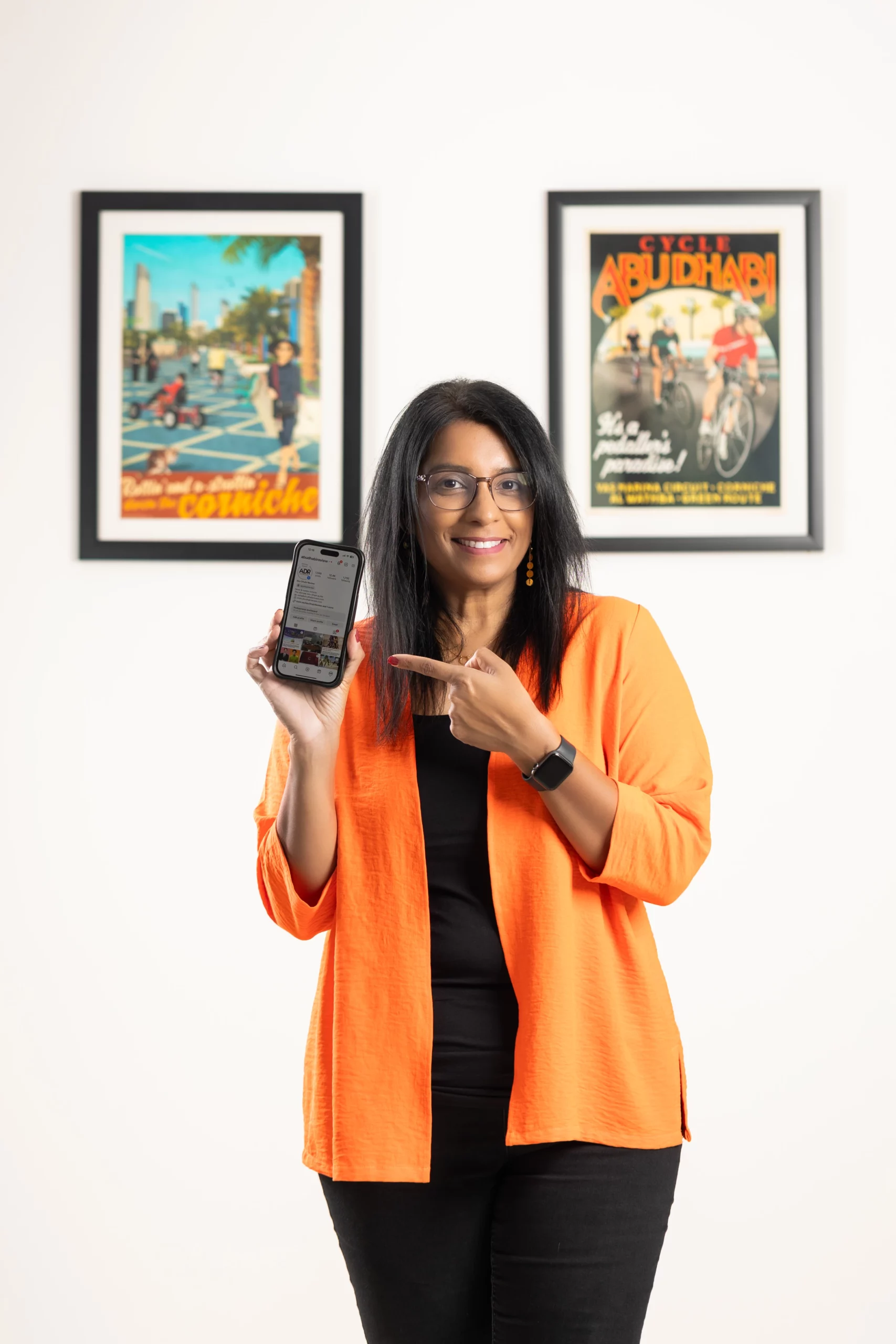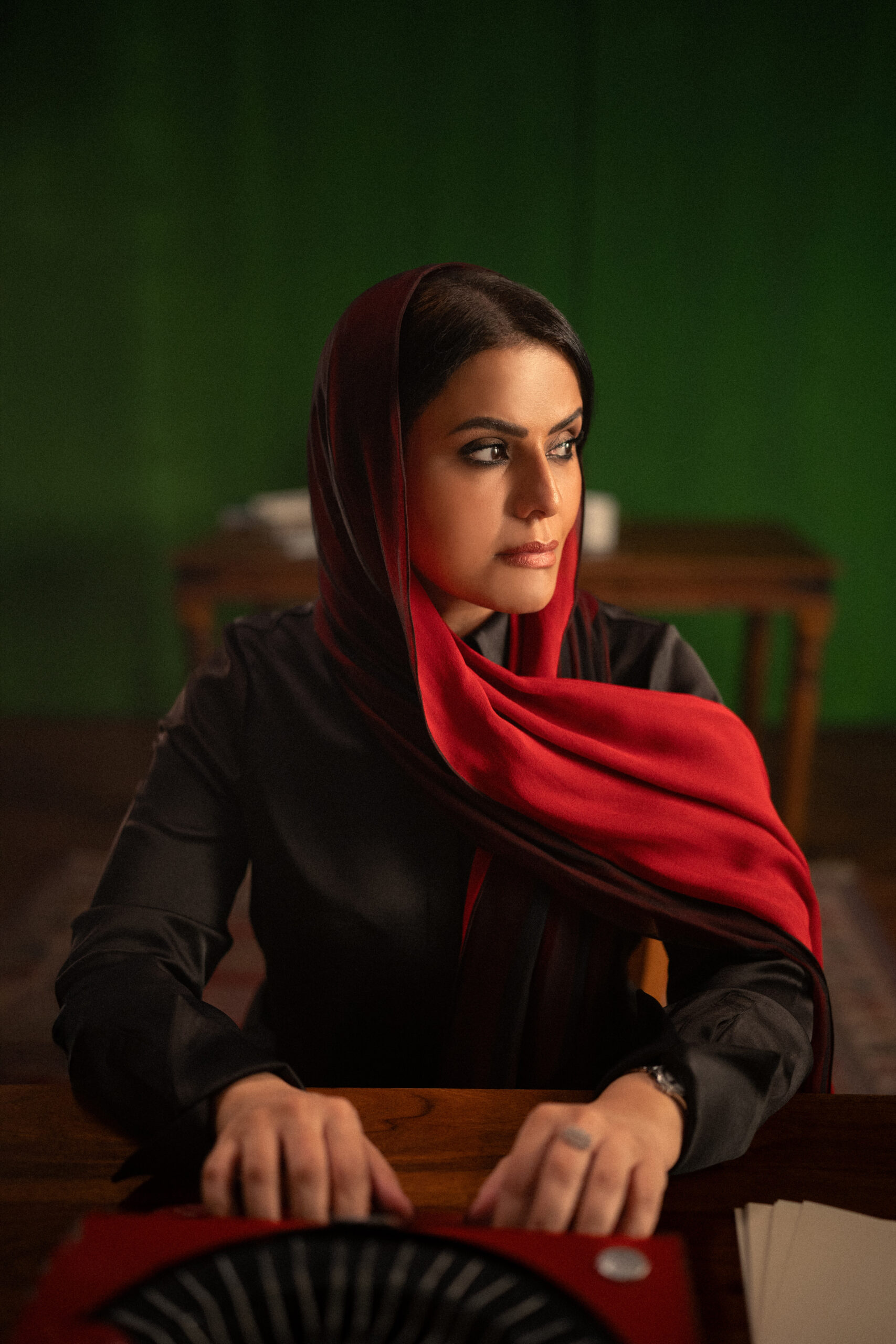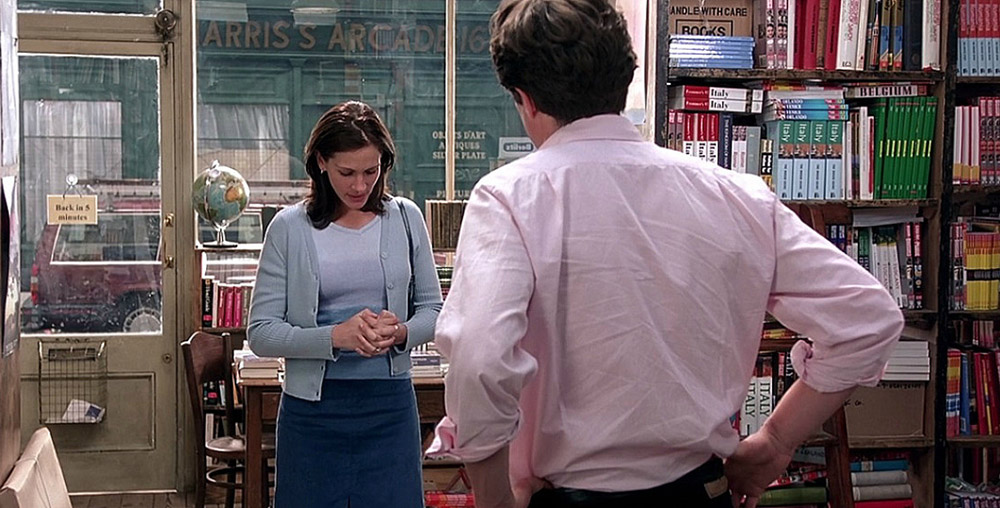
Ancient Egypt and its Era of Fashion
Sujatha Ramasubramaniam
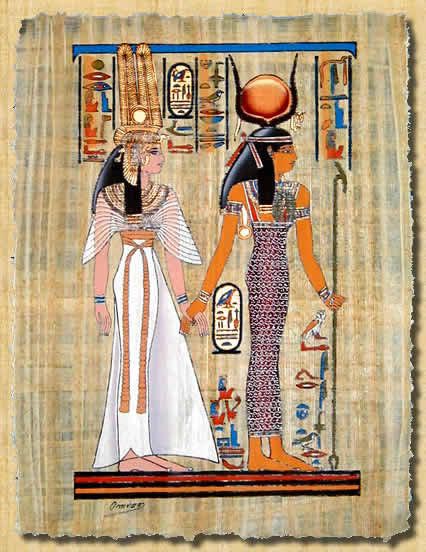
- Photo by: Getty images
My favourite part of fashion history was studying the clothing, jewellery, make-up, and many more details about the civilizations that we now only see depicted and represented in museums and history books. It is so fascinating to think that during ancient times, they still had beauty standards, status clothing, rare beauty products, accessories and cosmetics worn for protection against harsh weather, and many more. I have always been an Egyptian history enthusiast and I can assure you that my time has been well spent researching every nook and cranny about their world of fashion and I promise to engross you into this subject.
The Egyptian civilization was situated amidst the desert, which means they often faced arid and hot summers, hence, their clothing highly depended on comfortable and airy attires. Their clothing was usually draped and pleated. The term for the garment men wore was called Schenti, which was a strip of linen cloth wrapped around their waist. They either simply tied the cloth at the front or used an accessory to fasten it. Schenti was a common clothing but a Pharoah’s Schenti would be much finer and pleated neatly. If the weather got a bit chilly, they sometimes even fashioned cloaks. The women wore sheath-like tunics called Kalasaires that came till their ankles. Peasant women wore coloured versions of these tunics which sort of looked chequered, whereas women of royalty wore sheer and pleated versions.
The most interesting part for me was the fact that wealthy men and women usually shaved their heads clean only to adorn elaborate headdresses, mostly made of human hair. We have definitely seen their headdresses depicted in many images, and many of the Egyptian gods have their very own as well.
Jewellery was very common in that period and people from all statuses were known to wear them. One of the most common pieces of jewellery worn by all are amulets with protection symbols such as the ankh or the eye of Horus. Men and women equally wore all other sorts of jewellery such as bracelets, anklets, armbands, rings and also collars made from beads. The more jewellery one wore, the more it said about their status. The commoners did their best to adorn as many pieces of jewellery as possible, but they were made of pretty cheap materials such as pottery, whereas people of wealth and royalty adorned themselves in gold and a famous semi-precious stone, Lapiz Lazuli.
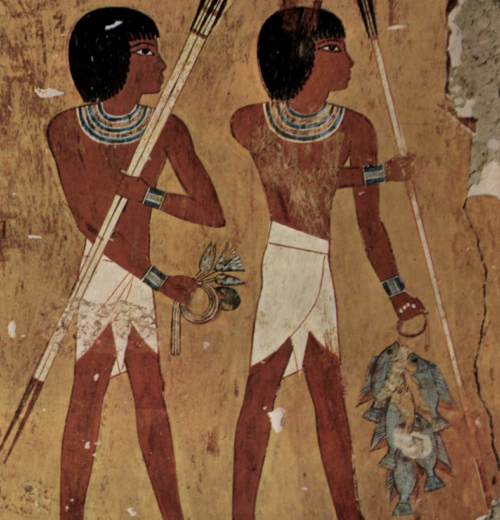
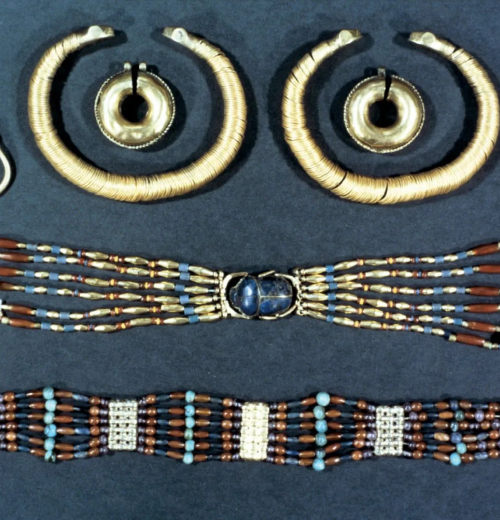
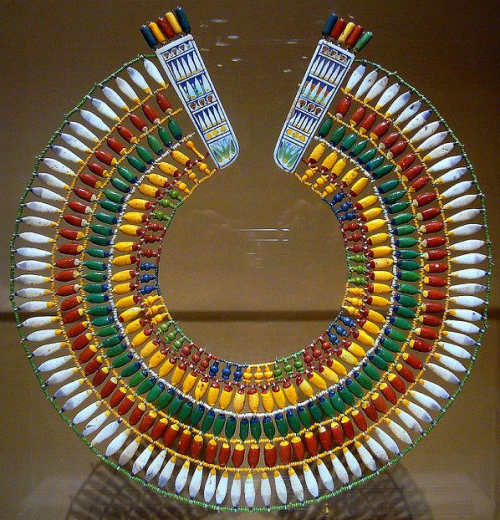
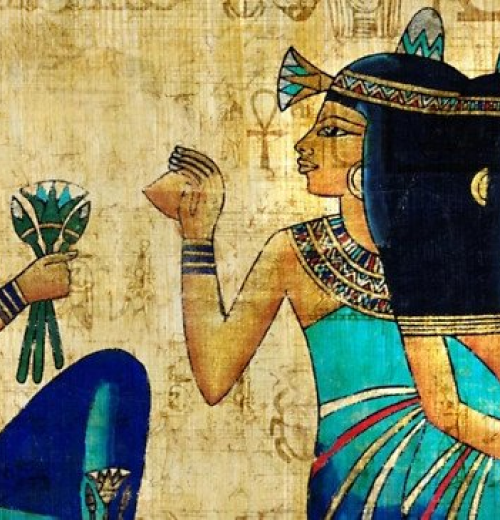
When we think about their make-up, the first thing that pops in our mind is their eyeliners. They used a certain mineral called Galena as kohl and it wasn’t essentially for beauty purposes, but to protect themselves from evil eyes as well as to protect against the glares of the sun. The eyeliner was worn by everyone indifferently but not all make-up products were used as such. Lipsticks were a symbol of wealth and status. Usually of red pigment, these lipsticks were made from a tiny red insect called carmine. These insects were left to dry and then ground up to extract the desired pigment. They also used copper ore as eye shadows which gave off a pretty green shade. Red ochre, a form of clay, was used as rouge and sometimes mixed with ointments to apply as lip balms. Men and women wore make-up to also protect their skin against the unforgiving heat of the sun.
The fragrances used in their time, simply, just to even think about it, we can imagine all these inviting scents of flowers and spices swirling to form a divine fragrance. And I’m pretty sure that’s exactly what it must’ve been like. From the archaeological discoveries so far we know that they did not use distillation. This meant that their perfumes would be of a thicker consistency and one can only assume that these perfumes were really strong. They used to wear cones of perfume on their heads for festivities and feasts. As the cones melted, it is said to release fragrances into the air. They are said to come with many different options such as lily, cinnamon, sandalwood, iris, and more, but they did have a secret recipe for one of the most popular fragrances of their time. Even though the recipe may not exist, we know the ingredients it requires, its name, and its purpose. Kyphi was made with terebinth resin, saffron, raisins, cinnamon, wine, myrrh, honey, and other ingredients. This perfume was specifically used to honour their gods and the recipe remains a secret forever. Although, at the Osmothèque perfume archive in Versailles, you can catch a whiff of Kyphi, a revised version recreated for the public to smell what was only meant for the gods at one point in time!
I could keep going on and on about this for pages, but this would be the gist of it. The Egyptians were very particular about their looks and every part of their attire signified some part of who they were, their beliefs, and their role in their kingdom. Fashion was a very dignified business for them and they took it seriously. And they are the true pioneers for many of the cosmetics, accessories and clothing we use today. Their civilization may be ancient, but their fashion still thrives within every one of us
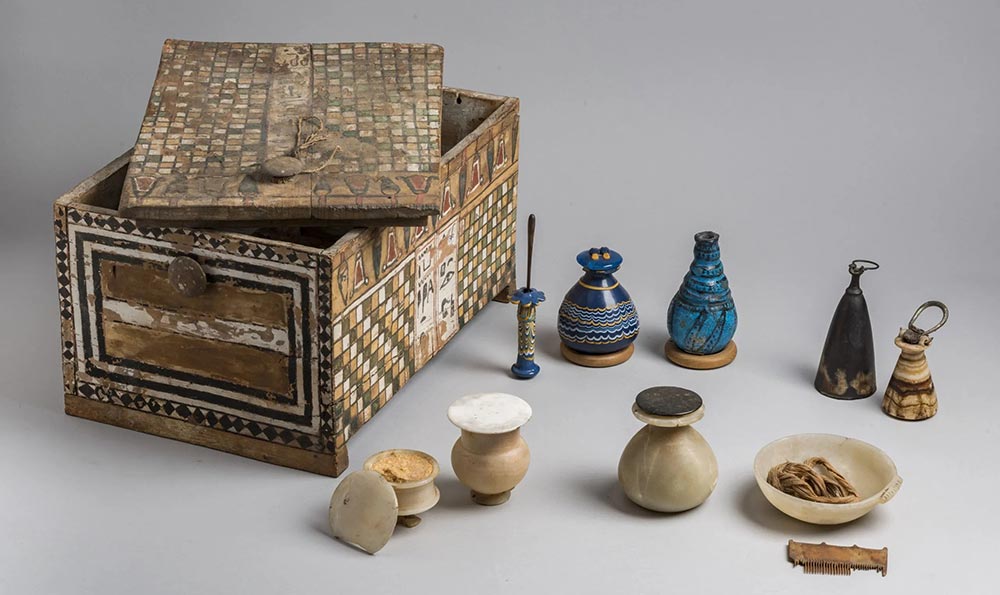
By Author


6 books of sweeping love stories for the romantics
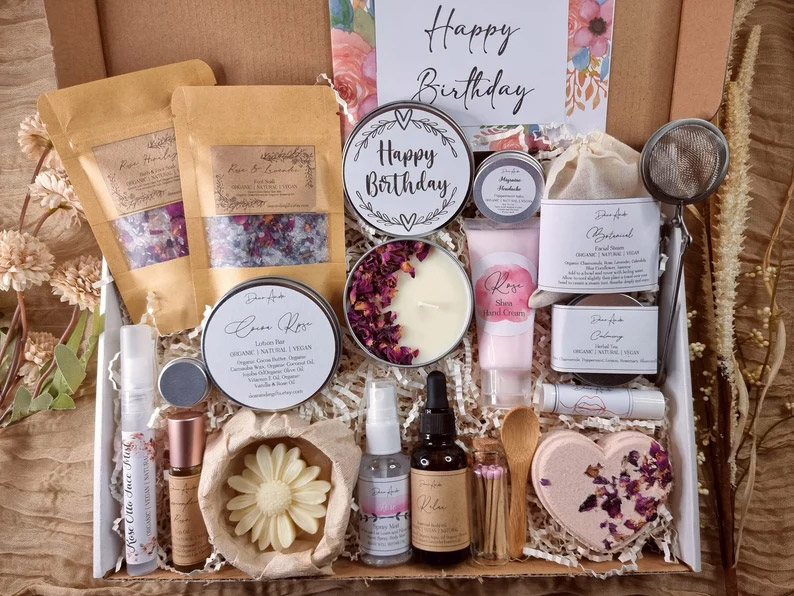
Gifts for the month of Romance
no related post found
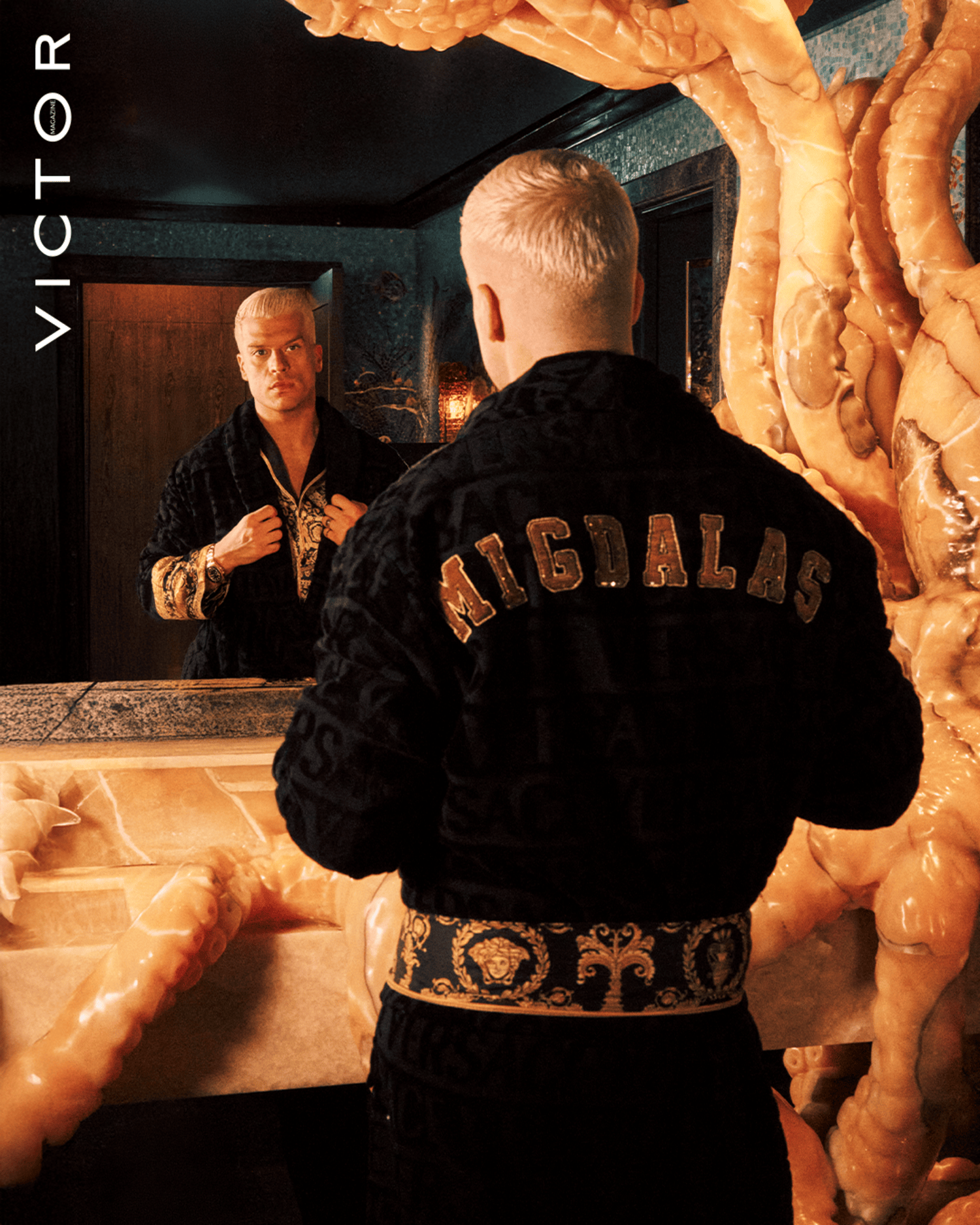
Beyond the Expected: John Migdalas on Today’s Luxury
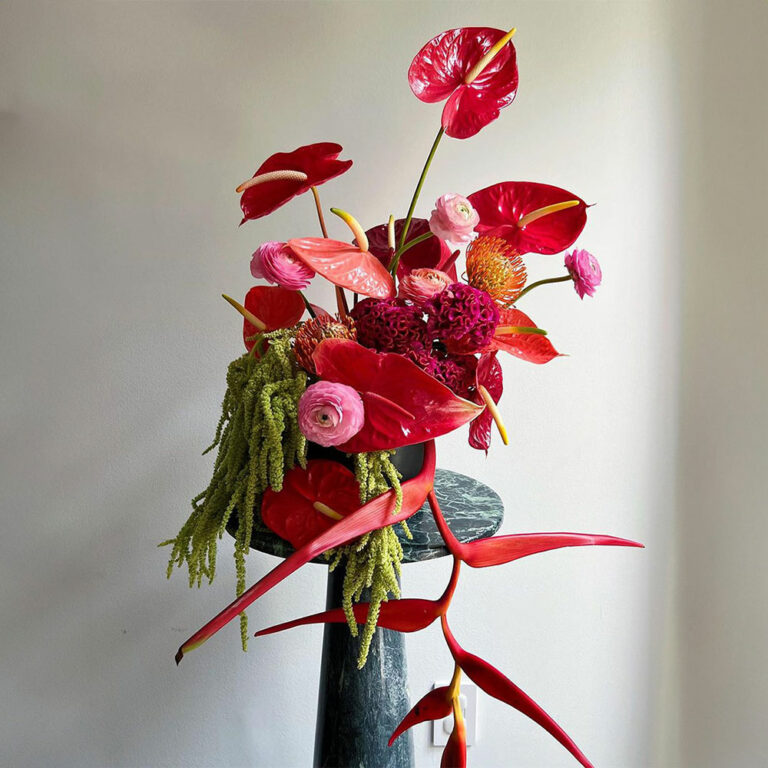
“Flowers are our favorite F word!”

Indulging in Love and Flavor at Playa: A Valentine’s Day Delight

Beyond the Expected: John Migdalas on Today’s Luxury
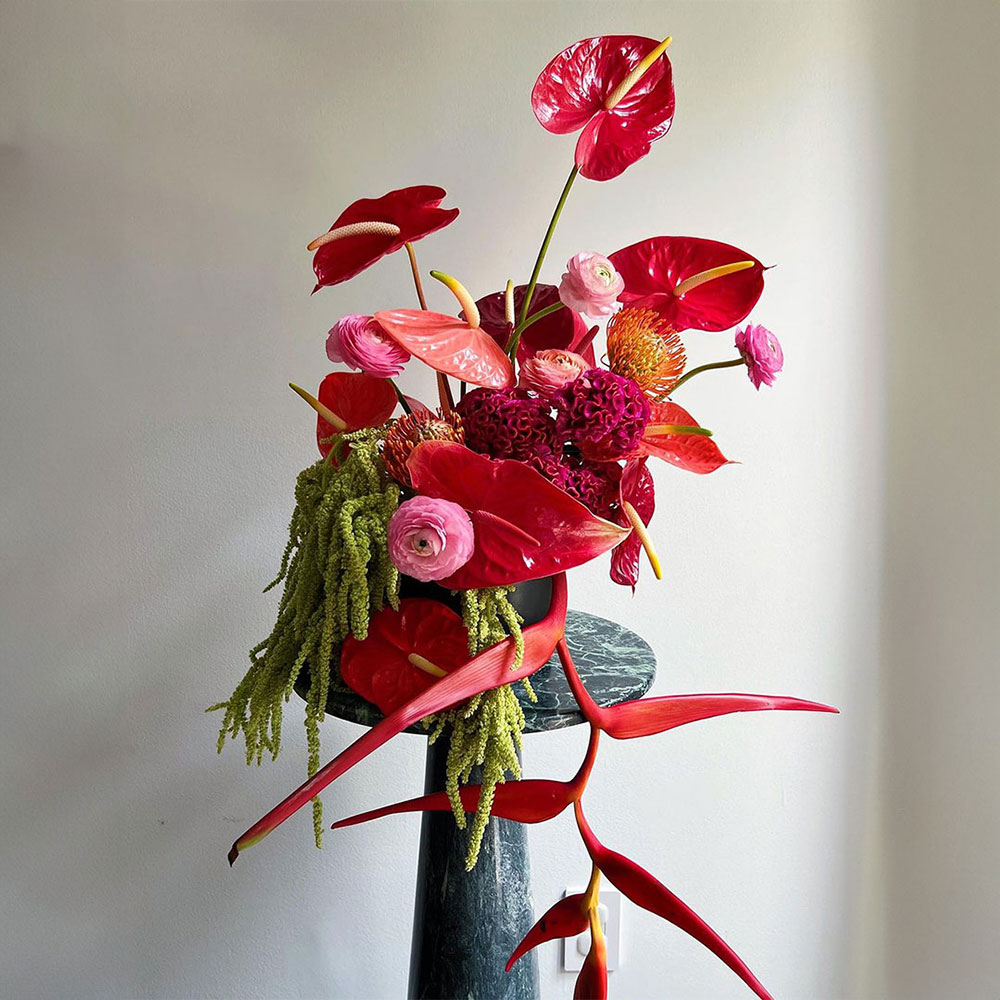
“Flowers are our favorite F word!”

Indulging in Love and Flavor at Playa: A Valentine’s Day Delight


